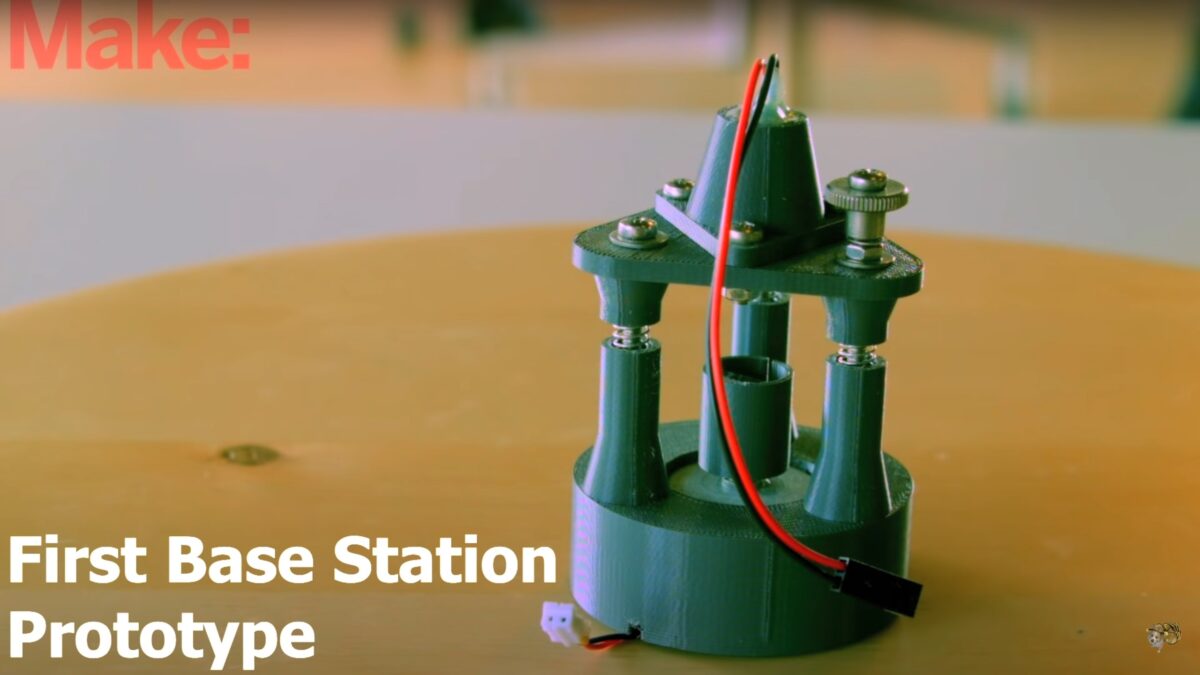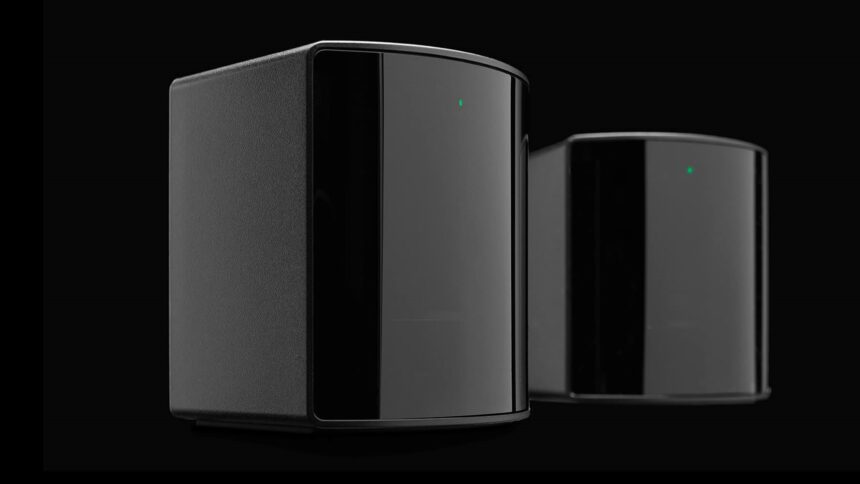Valve's Lighthouse tracking system: How it started, where it's going

Valve has spent over a decade developing VR headset and controller tracking systems. According to a recent report, here's how it started and where it's going.
The earliest VR systems began appearing in the 1980s, but pixelated graphics and poor tracking resulted in an early demise. It took several decades for interest to grow significantly.
Early prototypes of the Oculus Rift and its Kickstarter campaign demonstrated that these problems could be solved at a reasonable price. Valve was also exploring AR and VR development at this time, recognizing technology had crossed a threshold that could support the requirements of these demanding devices.
Well-known VR analyst Brad Lynch delved into Valve's early work, the current state of the Lighthouse system with the Base Station 2.0, which is now manufactured by HTC, and speculated about what might be coming soon.
Valve tracking prototypes
Lynch showed a prototype of the first Lighthouse Base Station in his video, a green plastic device with a triangular top and cylindrical base with wires coming from both ends. Valve explored other options, but the alternatives cost too much for mass production or proved unreliable for tracking controllers and the headset.
Using external infrared (IR) lasers from base stations quickly became the standard for VR tracking. Compatible VR headsets and controllers have several photodiodes that can detect this light.
A spinning rotor sweeps a line of invisible IR light across a room at a set frequency. When a sensor (photodiode) detects infrared light, the Lighthouse system can identify the distance from the base station to that sensor.
With two base stations, it's possible to triangulate and accurately pinpoint the position of VR headsets, controllers, and other trackers within the room. Since VR devices contain multiple sensors, the angle can also be tracked. The only limitation is that there must be an unobstructed path between the emitters (base stations) and the receivers (device sensors).
The technology was a bit more involved than this. There was a sync cable between base stations, IR sync pulses to inform VR devices of the timing, and data encoded into the IR light. Still, the basic concepts and hardware requirements were relatively simple, which led to the success of the Lighthouse tracking system and Valve Base Stations.
Valve Base Stations 2.0
Lynch explained that Valve encoded more information into the IR light with its second-generation base stations to eliminate the need for the sync cable and sync pulses. Valve also found a way to remove one of the two rotors, splitting one light source into two beams.

Valve Base Stations 2.0 are better and smaller. | Image: Valve
The result is the Valve Base Station 2.0 design which has a broader field of view, larger range, easier setup, and the option to use more than two base stations to ensure visibility in VR hardware.
Next-Gen Valve tracking
New photodiodes can detect the angle of incoming light. Polarized LEDs could provide a way to identify an individual light source.
Lynch speculated about what Valve might be working on for the future. The combination of these two technologies might allow a new type of tracking with the reliability of the Lighthouse system without the need for base stations.
There are Valve patents and investments related to these techniques. Patents refer to inside-out tracking, the method standalone headsets like the Quest 2 use, as well as base stations, which are the most popular system for PC VR systems.
Valve might allow the user to pick a solution that works best for them. The Lighthouse system is hard to beat if you want to use body trackers, object trackers, or track multiple players. An all-in-one solution is much easier for individuals that use the standard controllers.
Deckard hints
Lynch admits that Valve might use cameras for tracking and is researching that technology. The Valve Index has stereo cameras, and a passthrough mode is possible, even though few apps make use of this feature.
That means the rumored Valve Deckard headset could feature color passthrough cameras for mixed-reality uses, include hassle-free inside-out tracking, and offer the option of Lighthouse tracking to fill the needs of users who want advanced options for body tracking and more.
For all of the details in the deep dive into Valve Lighthouse tracking, check out the informative video on Brad Lynch's YouTube channel.
With prescription lens inserts, you can comfortably use your VR headset without glasses. Use the following link to get a 5% discount.
Note: Links to online stores in articles can be so-called affiliate links. If you buy through this link, MIXED receives a commission from the provider. For you the price does not change.